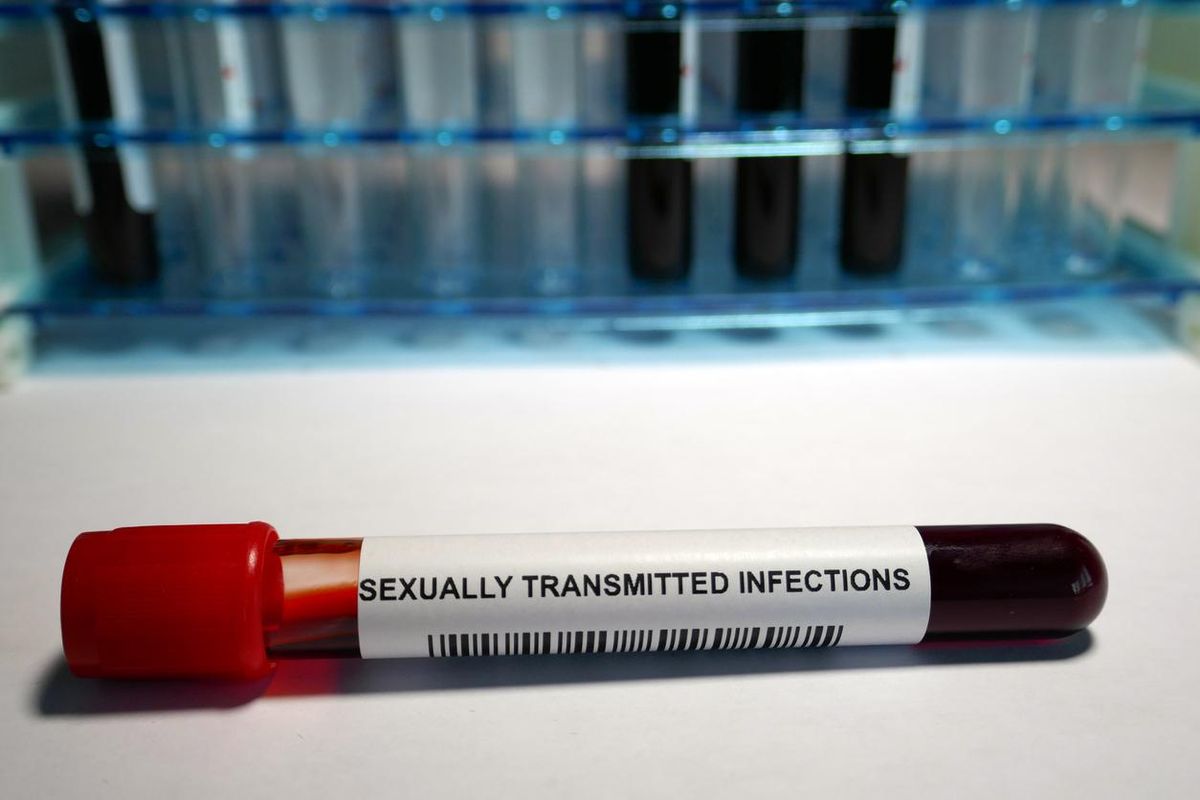
iStock.com/Hailshadow
You Can Test Yourself for an STI at Home — but Should You?
At-home STI testing is on the rise, but it’s not a replacement for an in-person exam
Jun 21, 2022
Jul 14, 2022
Your Health
Steph Coelho is a professional writer and editor with nearly a decade of experience writing, editing, and producing content in the health and wellness niche.
Full BioLearn about our editorial policies

At-home STI testing is on the rise, but it’s not a replacement for an in-person exam
At-home medical testing gives you information about your health, right at your fingertips, without the need to ever set foot into a doctor’s office. One of the latest developments in this trend is at-home testing for sexually transmitted infections (STIs), which are bacterial, viral or parasitic infections that can be passed on through sexual contact.
Traditionally, STI testing involves seeing a doctor in person. There, they can often take samples like urine or vaginal fluids and send them for testing. But, despite the fact that STIs are exceedingly common — 2.4 million STI cases were reported in the United States in 2020 alone — there’s still stigma attached. For some, privacy may be part of the appeal of at-home testing. “It’s more discreet, and it’s off the record,” said Dr. Robyn Faye, board-certified OB-GYN and member of HealthyWomen’s Women’s Health Advisory Council.
In addition, Covid-19-related backlogs and dwindling healthcare provider (HCP) numbers have made it more difficult to see an HCP in person. So it’s not surprising that at-home testing for STIs has increased significantly during the pandemic.
While teens and young adults have the highest STI rates in the United States, anyone who engages in sexual contact can get an STI. In fact, aging can increase your risk for STIs because vaginal thinning, which is common with menopause, can cause microtearing that can make it easier for bacteria and viruses to enter your bloodstream.
Findings also show STI rates are higher in women compared to men, and women are more likely to experience serious health issues from STIs, including infertility, chronic pain and pregnancy complications.
Additionally, Black and Hispanic people have higher STI rates than white people, even though they represent only 12% of the U.S. population. The CDC explains that this difference is likely the result of a lack of access to sexual healthcare.
When you order STI test kits online, they’ll ship right to your front door in discreet packaging, providing you with everything you need to collect samples on your own. After collecting samples, you’ll send them over to the brand’s affiliated lab. It’s a simple, no-fuss process.
In addition to convenience and privacy, another benefit of at-home STI testing is that it helps improve access to testing for infections like gonorrhea, chlamydia, trichomoniasis, herpes, syphilis and HIV for those living in communities with limited healthcare services.
But there are some caveats. For example, while at-home testing is fairly accurate, there’s always room for error as a result of self-collection, Faye said.
At-home testing also comes with a few other drawbacks, such as:
Anyone who is symptomatic should see a medical professional and avoid using at-home tests, Faye urged. But if you’re interested in at-home tests for asymptomatic testing, opt for brands affiliated with CLIA-certified labs that also offer physician follow-up.
While at-home tests are great for people who don’t have easy access to a healthcare provider or who may feel uncomfortable talking about sex, there may be a missing element of patient-doctor interaction, Faye noted.
In-person appointments also allow HCPS to talk to people about safe sex, answer questions that crop up randomly and schedule follow-up testing. HCPs may also gently ask people about their lives and partners, leaving the door open for people to report instances of domestic or sexual abuse. Without this in-person interaction, some people may fall through the cracks, Faye suggested.
But at-home STI testing does have its place. For busy, well-informed people who want to take charge of their sexual health and know to follow up with their HCP if they’re positive, at-home testing can be a convenient and reliable way to screen for STIs.